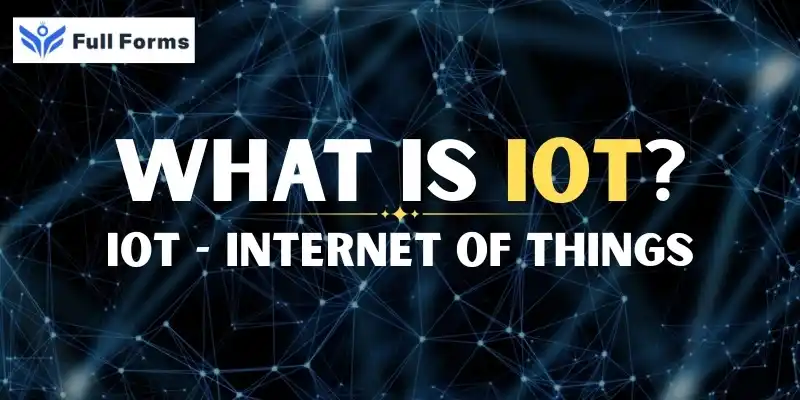Internet of Things
(IOT)

Description
Internet of Things (IoT): A Simple Guide
The Internet of Things, often called IoT, is a term used to describe a network of physical objects—also known as “things”—that are connected to the internet and can collect, share, and receive data. These “things” can be everyday objects, such as home appliances, cars, wearable devices, or even industrial machines.
What is IoT?
The main idea behind IoT is to connect objects to the internet so they can communicate with each other and with people. For example, a smart fridge can track what food you have and remind you when something is about to expire. A fitness tracker can send your daily steps to your smartphone. In factories, machines can send alerts if something is wrong, helping to prevent breakdowns.
How Does IoT Work?
IoT devices have sensors, software, and other technologies that allow them to collect data, connect to the internet, and communicate with other devices or systems. Here’s how it usually works:
- Sensors: Collect information, like temperature, motion, light, or location.
- Connectivity: Allows the device to send and receive data over the internet, often using Wi-Fi, Bluetooth, or mobile networks.
- Data Processing: Done either on the device or in the cloud, where the data is analyzed.
- User Interface: Lets people see or control the device, often through an app on a smartphone or computer.
Examples of IoT Devices
- Smart Home Devices: Smart thermostats, smart lights, and security cameras.
- Wearables: Fitness trackers, smartwatches, and health monitors.
- Connected Cars: Vehicles that report location, send maintenance alerts, or connect to smartphones.
- Industrial IoT: Sensors in factories that monitor machinery and improve safety.
- Healthcare Devices: Remote monitors or smart medication dispensers.
Benefits of IoT
- Convenience: Automate tasks like turning on lights before you arrive home.
- Efficiency: Businesses reduce waste and save energy through automation.
- Improved Safety: Alerts from smoke detectors or cars can prevent accidents.
- Better Health: Wearables help users track health and promote good habits.
Challenges of IoT
- Security: IoT devices can be targeted by hackers and must be updated regularly.
- Privacy: These devices collect a lot of personal data, raising concerns.
- Compatibility: Devices from different brands may not work together easily.
- Complexity: Managing multiple devices can be challenging, especially in large environments.
The Future of IoT
IoT is expected to keep growing. Experts believe billions of devices will be connected in the coming years, making homes, cities, and industries smarter. For example, smart cities might use IoT for better traffic control, waste management, and energy use.
Conclusion
The Internet of Things (IoT) is changing the way we live and work by connecting everyday objects to the internet. These devices can collect and share data to make our lives more convenient, efficient, and safe. While there are some challenges, such as security and privacy, IoT continues to expand and shape the future of technology. Understanding IoT helps us prepare for a world where everything around us can be smart and connected.
